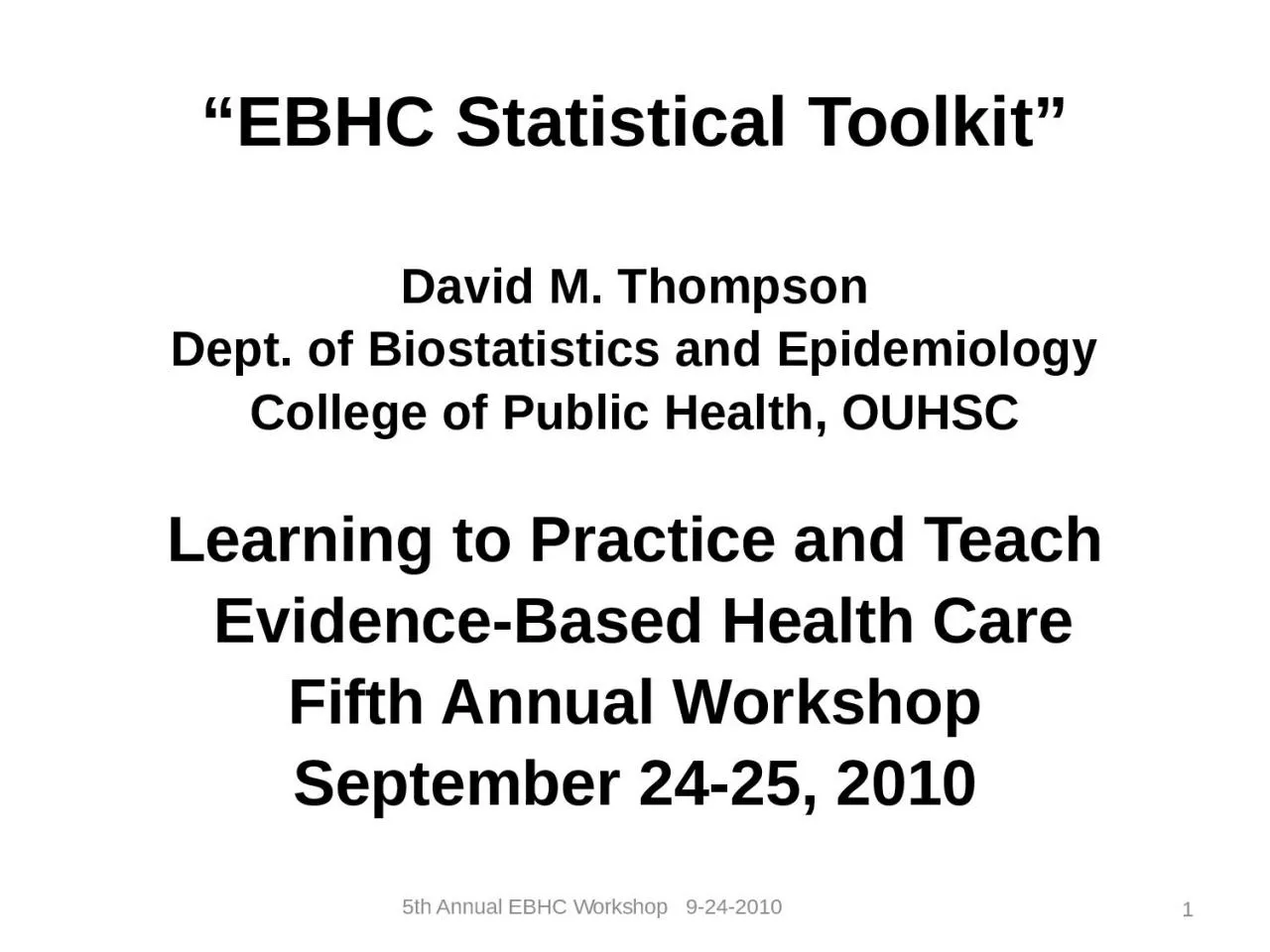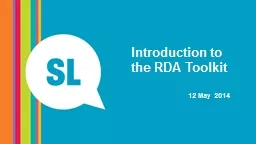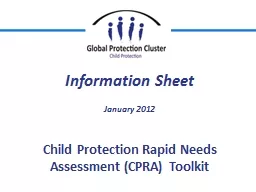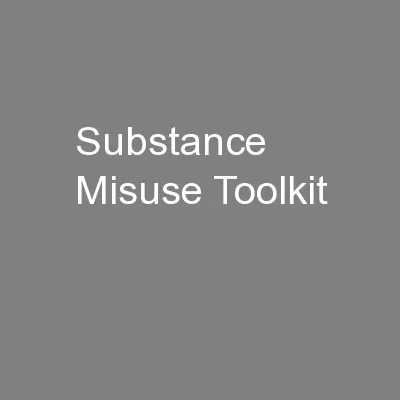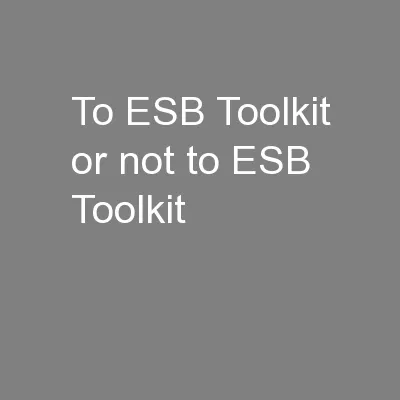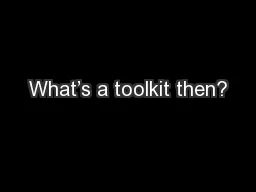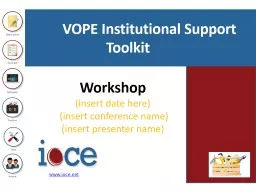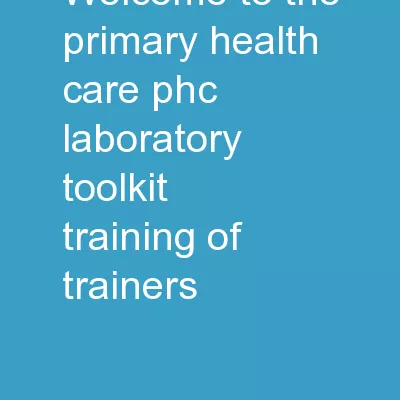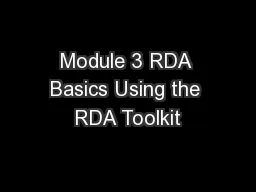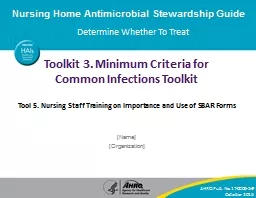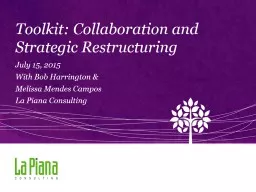PPT-“EBHC Statistical Toolkit”
Author : elizabeth | Published Date : 2024-02-09
David M Thompson Dept of Biostatistics and Epidemiology College of Public Health OUHSC Learning to Practice and Teach EvidenceBased Health Care Fifth Annual Workshop
Presentation Embed Code
Download Presentation
Download Presentation The PPT/PDF document "“EBHC Statistical Toolkit”" is the property of its rightful owner. Permission is granted to download and print the materials on this website for personal, non-commercial use only, and to display it on your personal computer provided you do not modify the materials and that you retain all copyright notices contained in the materials. By downloading content from our website, you accept the terms of this agreement.
“EBHC Statistical Toolkit”: Transcript
Download Rules Of Document
"“EBHC Statistical Toolkit”"The content belongs to its owner. You may download and print it for personal use, without modification, and keep all copyright notices. By downloading, you agree to these terms.
Related Documents

